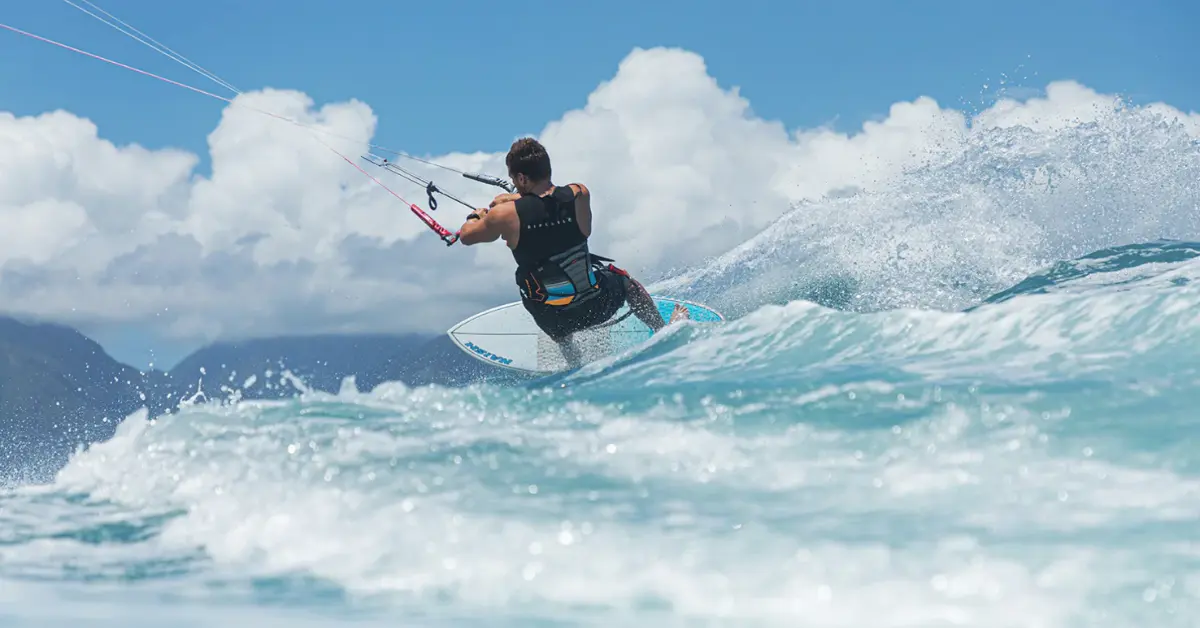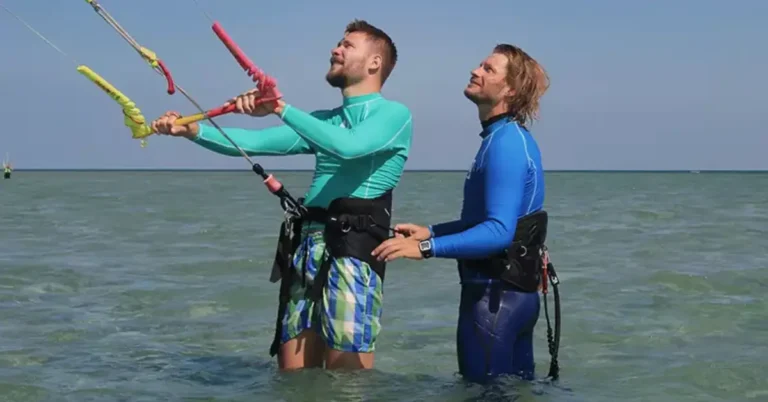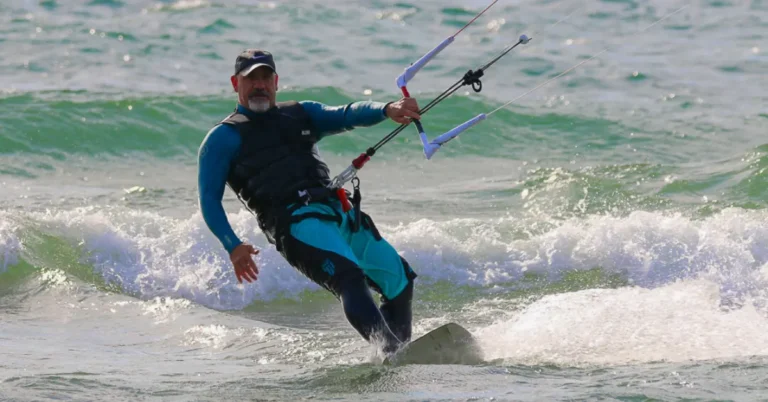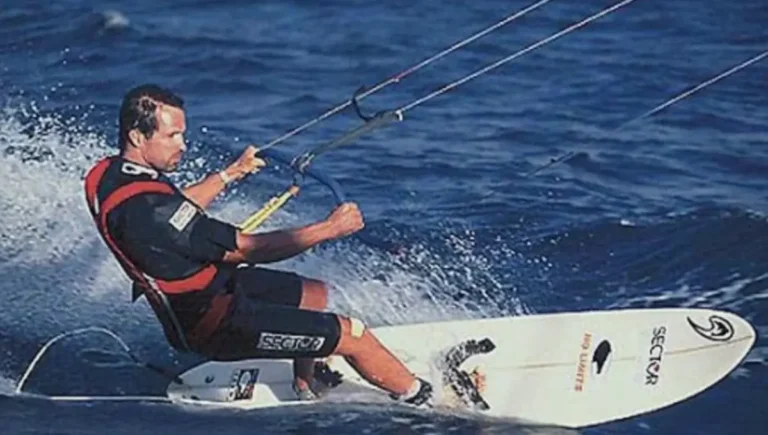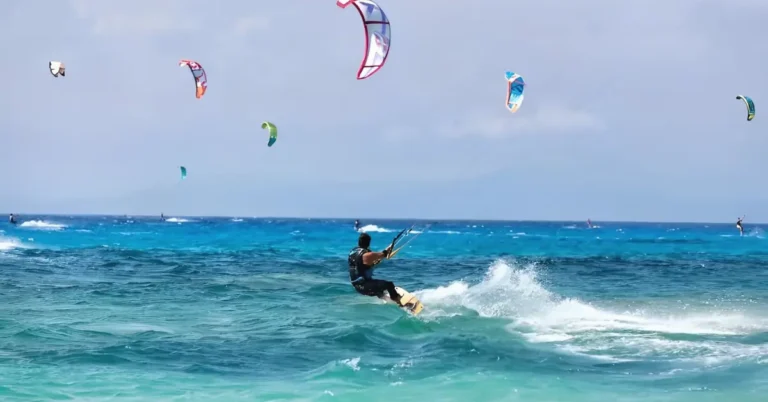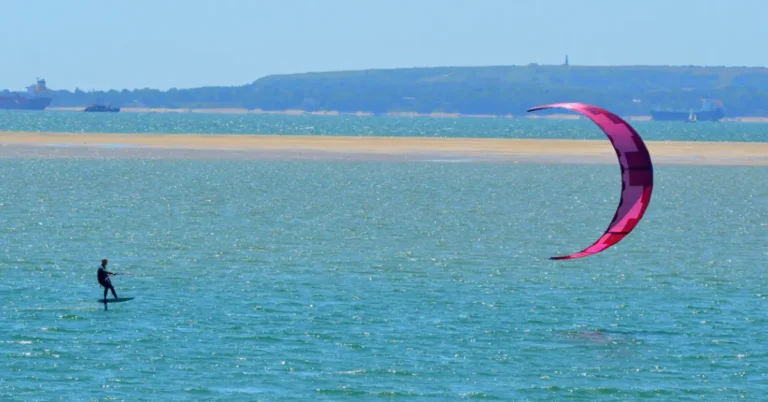How does kitesurfing work? Advice and Tricks
Water sports encompass activities where athletes engage in physical exertion within water bodies. These activities can take place in, on, or beneath the water’s surface. Kitesurfing, an exhilarating example of a water sport, involves riding a board while being propelled by a kite.
Unlike traditional water sports focused solely on navigation, kitesurfing enthusiasts aim to execute tricks, acrobatics, and impressive jumps over waves. Despite its contemporary appeal, kitesurfing is a relatively recent addition to the realm of extreme water sports.
Kitesurfing combines the exhilarating elements of various physical sports like windsurfing, wakeboarding, snowboarding, skateboarding, paragliding, and surfing. As you glide across the ocean’s surface on a board, your kite remains aloft, harnessing the power of the wind to propel you forward.
Also Read: kitesurfing
What is kitesurfing?
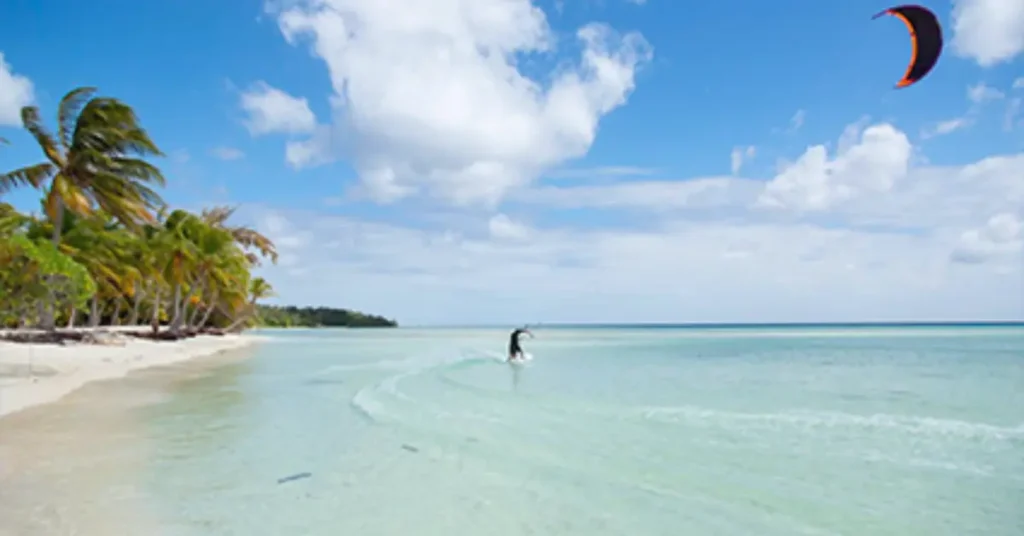
Evidence suggests that as early as the 12th century, certain Chinese and Indonesian fishing communities utilized kites to tow their boats. By the onset of the 19th century, British inventor George Pocock patented a kite traction system designed for cars and boats. This innovation enabled ships to navigate at angles of less than 90 degrees against the wind’s direction.
However, it wasn’t until 1977 that kitesurfing emerged as a recreational activity. Gijsbertus Adrianus Panhuise patented a navigation system involving a surfboard towed by a parachute-like kite. Today, this exhilarating sport is known by various names including kitesurfing, kiteboarding, and fly surfing. Participants ride a board propelled by a traction kite, or simply “kite,” which harnesses the power of the wind. Notably, Indonesia serves as a prominent hub for the kitesurfing industry.
What Does Kitesurfing Involve?
Kitesurfing stands out from other water sports as it blends elements from wakeboarding, windsurfing, paragliding, surfing, snowboarding, and skateboarding.
Riders balance atop a board similar to a snowboard, skateboard, or wakeboard. They’re tethered to a hand-controlled kite, using the wind to power their movement and direct the board.
How does kitesurfing work?
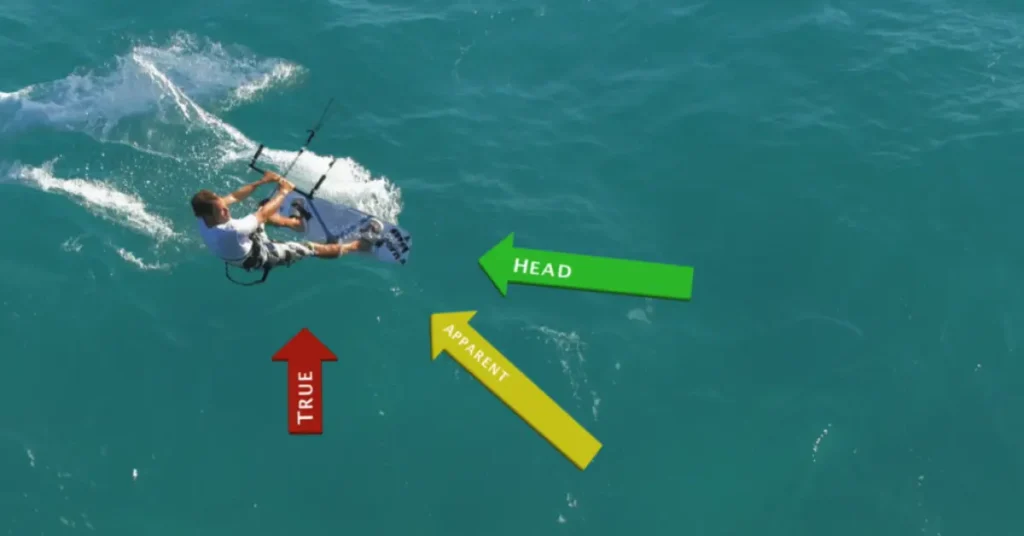
Kitesurfing is an exhilarating sport that involves harnessing the power of the wind to propel oneself across the water’s surface. While it can be practiced by anyone, it’s important to note the associated risks and necessary physical attributes such as strength, endurance, coordination, and good respiratory condition.
One of the key aspects of kitesurfing is controlling the force of the wind on the water, which is why it’s not recommended to learn alone due to its inherent dangers. By mastering the sport, athletes can achieve high speeds on the water, navigate waves (known as wave riding), and execute impressive jumps.
Understanding the mechanics of kitesurfing involves knowing how a kite interacts with the wind. Contrary to popular belief, the kite doesn’t simply fly with the wind; rather, it flies through the wind similar to the wings of an airplane.
A kite is influenced by four primary forces:
By understanding and mastering these forces, kitesurfers can effectively navigate the water and perform exhilarating maneuvers with their kite and board.
How Fast Can a Kitesurfer Go?
Typically, kitesurfers cruise at speeds ranging from 15 to 25 miles per hour (mph). However, this can vary significantly based on individual skill level, wind speed, water conditions, board type, and kite size.
Professional kitesurfers have been known to reach speeds of 50 to 60 mph under ideal wind and water conditions. Meanwhile, experienced recreational kitesurfers can double the average speed, hitting around 40 mph.
How Do Kitesurfers Not Fly Away?
One common fear associated with kitesurfing is the concern of flying away uncontrollably. However, the science behind kitesurfing dispels this fear entirely.
While kites serve as wings for kitesurfers, they cannot continuously generate upward lift. Once you’re riding, the kite cannot suddenly lift you off like a hot air balloon until you intentionally launch yourself into the air.
Advice
To embark on the thrilling journey of kitesurfing, your first step should be finding a reputable school endorsed by experienced kitesurfers and staffed with certified instructors.
In these lessons, you’ll gain invaluable knowledge about weather conditions, self-awareness, and identifying the optimal wind and tide conditions for your comfort level. Understanding your limits, such as weight, strength, and agility in handling both the board and kite, is crucial.
Initially, lessons typically begin with ground-based kite flying exercises. Here, you’ll learn essential skills like launching, landing, and controlling the kite. Subsequently, you’ll progress to water-based training, where you’ll practice body dragging while submerged and mastering kite control in the water. Finally, you’ll learn to stand up on the board and navigate the waves.
Kitesurfing stunts and tricks
To launch the kite, make sure there’s no one nearby, especially if you’re a beginner. Start from the beach before heading into the water. Check that the kite ropes are untangled and fully extended. If you’re using an inflatable kite, let it inflate for a few minutes before launching. Head to the water’s edge and ask for help holding your gear while you get on the board.
Once in the water, lie on your back with the board in front and the kite in the air. As the kite gains power, it’ll lift you out of the water. Push the kite to its maximum power zone to gain speed and start jumping. To turn the board, put the kite in a neutral position and use the control bar to change its direction.
Once you’ve mastered the basics, you can try some tricks and jumps. To jump, push the kite down to accelerate, then quickly move it up and back to about an 80-degree angle. Bend your knees, stand on the edge of the board, and jump when the kite pulls you. While in the air, land back on the board and move the kite forward to prepare for the next jump.
Is Kitesurfing a Sport?
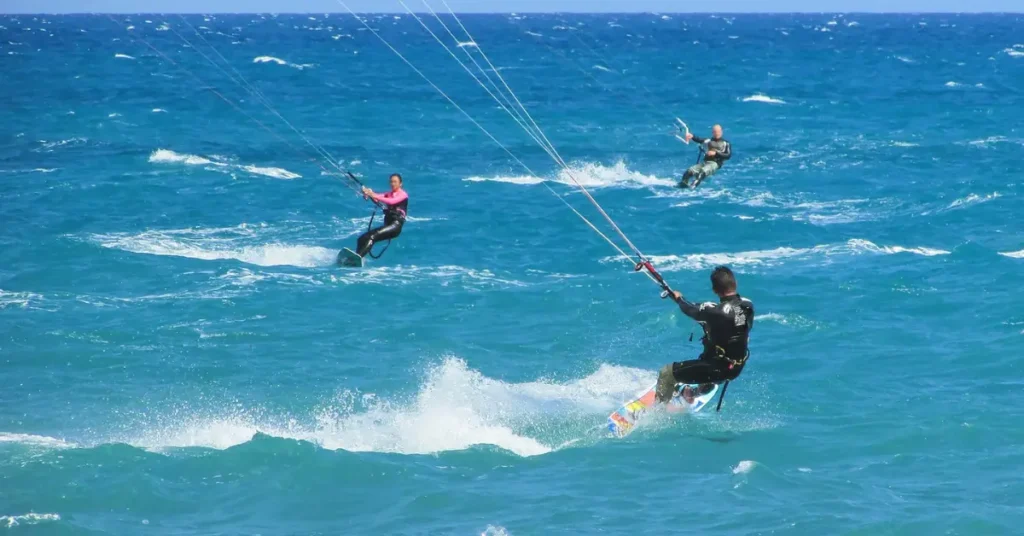
Kitesurfing is an intense and high-risk water sport, often considered extreme due to its combination of elements from skateboarding, wakeboarding, paragliding, snowboarding, surfing, and windsurfing.
This sport challenges one’s endurance, core strength, balance, and focus, among other skills. Kitesurfers must not only be physically fit but also possess mental fortitude to tackle the uncertainties posed by wind and water conditions.
Is Kitesurfing an Olympic Sport?
As for its status as an Olympic sport, kitesurfing has yet to be included in the Olympic Games. The World Sailing (WS), the governing body for sailing activities worldwide, must propose its inclusion to the International Olympic Committee (IOC) for consideration.
Nevertheless, kitesurfing enthusiasts can still enjoy numerous competitions held globally, both at local and international levels. These events take place in premier kitesurfing destinations such as Haugastol in Norway, Zandvoort in the Netherlands, Cape Town in Africa, Cape Hatteras in North Carolina, and Melbourne, Australia.
Frequently Asked Questions
Conclusion
Kitesurfing works by using a power kite harnessed to the rider to propel them across the water while balancing on a surfboard. Mastering the techniques takes time and practice. Beginners need to take lessons and learn safety skills before venturing out alone. Controlling the kite through the power strokes and edge control on the board is key.
As skills develop, riders can start to pull off tricks like jumps, loops, and spinning maneuvers. Advance kitesurfers have learned to “loop” the kite around themselves by generating extra lift. With dedication to lessons and independent practice sessions over months, most can progress from novice to competent kitesurfers able to enjoy more of what the sport has to offer.
